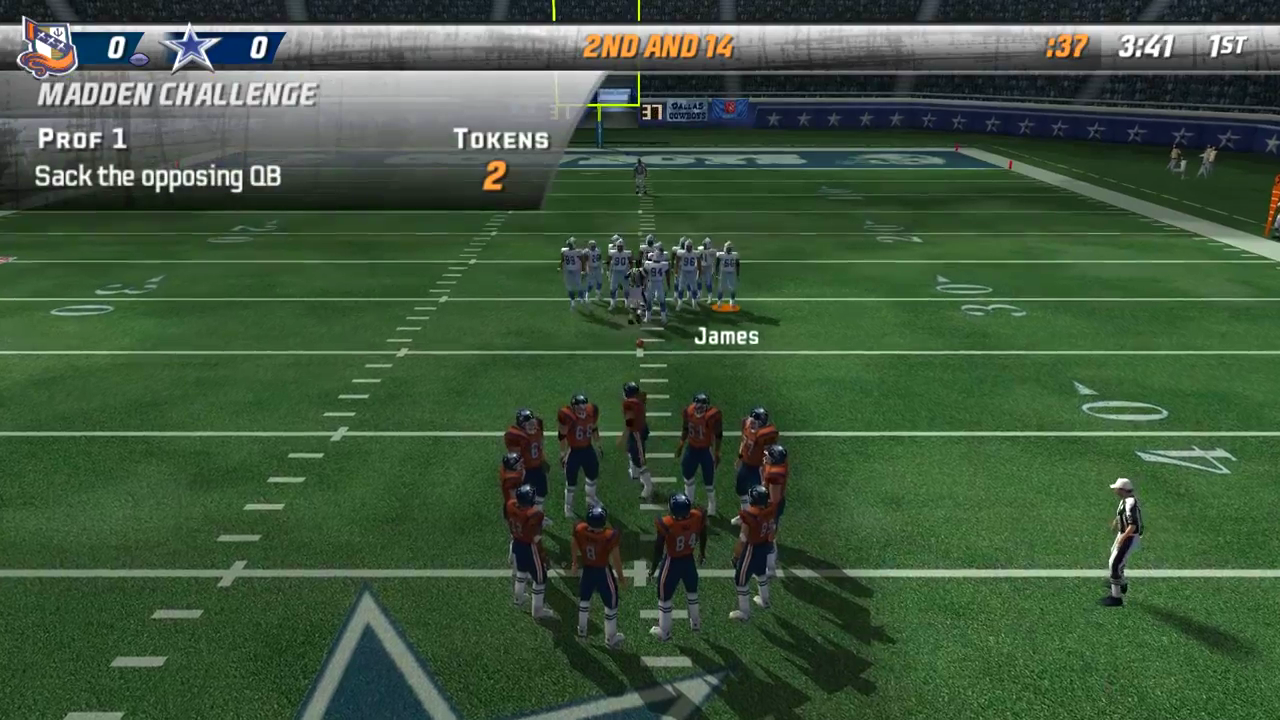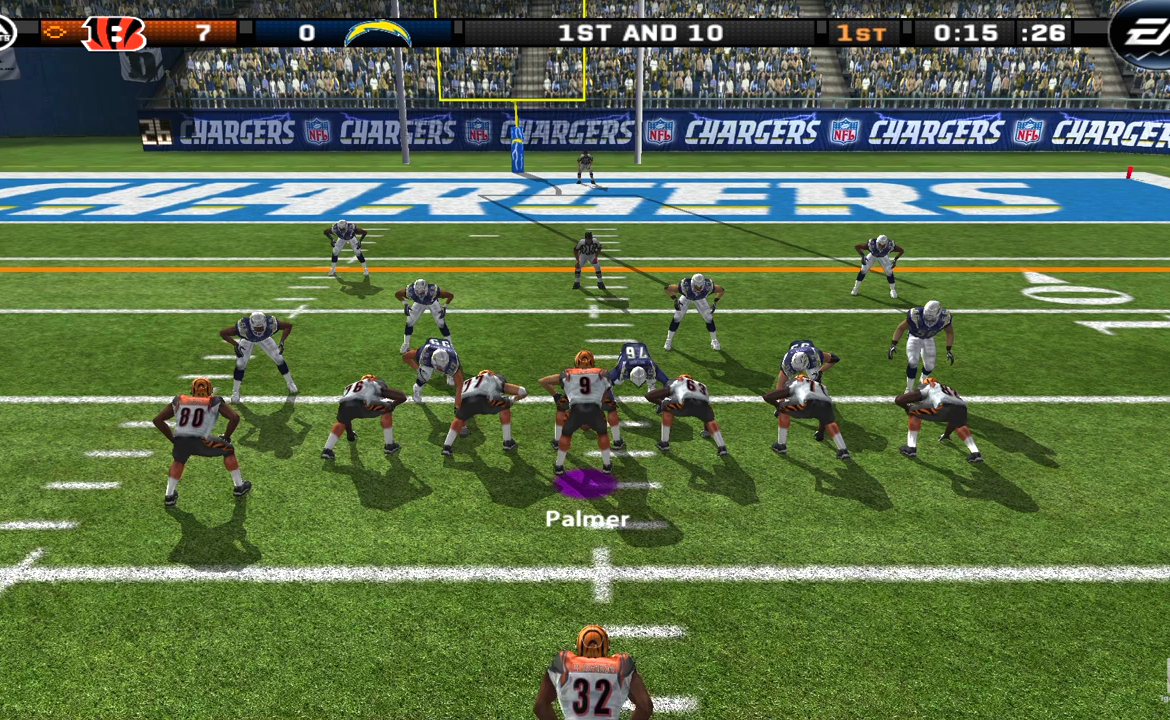


Notably, the VLIW architecture brings with it some classic challenges inherent to VLIW designs, namely that of maintaining optimal instruction flow. Each shader cluster can execute 6 instructions per clock cycle (peak), consisting of 5 shading instructions plus 1 branch. The 5th unit is more complex and can additionally handle special transcendental functions such as sine and cosine. Each stream processing unit can retire a finished single precision floating point MAD (or ADD or MUL) instruction per clock, dot product (DP, and special cased by combining ALUs), and integer ADD. Ī shader cluster is organized into 5 stream processing units.

The new unified shader functionality is based upon a very long instruction word (VLIW) architecture in which the core executes operations in parallel. The R600 core processes vertex, geometry, and pixel shaders as outlined by the Direct3D 10.0 specification for Shader Model 4.0 in addition to full OpenGL 3.0 support. TeraScale leverages many flexible shader processors which can be scheduled to process a variety of shader types, thereby significantly increasing GPU throughput (dependent on application instruction mix as noted below).

there were distinct shader processors for each type of shader. Previous GPU architectures implemented fixed-pipelines, i.e. Īt FOSDEM09 Matthias Hopf from AMDs technology partner SUSE Linux presented a slide regarding the programming of open-source driver for the R600. May 2007 15 years ago ( May 2007) Īt SIGGRAPH 08 in December 2008 AMD employee Mike Houston described some of the TeraScale microarchitecture. TeraScale 1 (VLIW) TeraScale 1 Release date a compiler back-end) is available for TeraScale, but it seems to be missing in LLVM's matrix. TeraScale is a VLIW SIMD architecture, while Tesla is a RISC SIMD architecture, similar to TeraScale's successor Graphics Core Next.Īn LLVM code generator (i.e. TeraScale is even found in some of the succeeding graphics cards brands. TeraScale was also used in the AMD Accelerated Processing Units code-named "Brazos", "Llano", "Trinity" and "Richland". TeraScale was used in HD 2000 manufactured in 80 nm and 65 nm, HD 3000 manufactured in 65 nm and 55 nm, HD 4000 manufactured in 55 nm and 40 nm, HD 5000 and HD 6000 manufactured in 40 nm. TeraScale replaced the old fixed-pipeline microarchitectures and competed directly with Nvidia's first unified shader microarchitecture named Tesla. TeraScale is the codename for a family of graphics processing unit microarchitectures developed by ATI Technologies/ AMD and their second microarchitecture implementing the unified shader model following Xenos. JSTOR ( March 2021) ( Learn how and when to remove this template message).Unsourced material may be challenged and removed.įind sources: "TeraScale" microarchitecture – news Please help improve this article by adding citations to reliable sources. This article needs additional citations for verification.


 0 kommentar(er)
0 kommentar(er)
